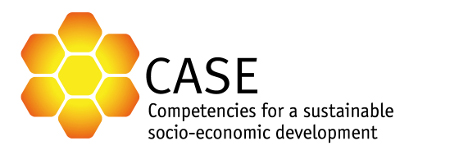Malszeit managed to bring together opponents and advocates of the presticide debate, who would normally not be sitting together, for a joint dinner. This could almost be considered a small miracle.
Mals is a small village that offers a surprising variety of high quality professions and products — especially in the culinary and agricultural field. Because of the small-scale structure of agriculture and economy each product is closely linked to its producer. Here, being a farmer or gastronome is not only a profession but a way of living. But what might sound idyllic has to face a conflict. A petition against the use of pesticides split the citizens into two parties: the ones who are supporting conventional agriculture and the ones who want to transform Mals into a pesticide free area. This situation makes it hard to start new projects, enable communication and collaboration and connect the actors. And this is where our project, the MALSZEIT, starts. But the Malszeit didn’t address the conflict directly. It gave an exemplary solution, how to reconnect the different parties. The name “Malszeit” has two meanings: To take time for the community of Mals on the one hand side — and to have a meal together on the other.
Goal
The goal of the Malszeit was to show the value behind the diversity of people and products and to create a base for future collaboration. The shared meal was the central element of the Malszeit — and each participant contributed to the event with a donation of products. Like this, all the ingredients for the meal were collected. In this way the Malszeit connected not only the different products in one meal but also brought the participants together to one table. The familiar atmosphere gave space to neutral communication — far away from the conflict. As framework for the event the participants where asked to take part in an interactive mapping, that consisted of two parts. The first board shows a simple map of the village. On the second board the participants as well as the dishes and the single ingredients were presented. First, the participants were asked to mark their position on the map. And second — to find the products they have donated in the dishes of the Malszeit and also mark and link them to their names.
By connecting the different ingredients according to the meal not only connections between the products became visible, but also between the different producers and the gastronomy. Like this, the map visualized the positive experience of the shared Malszeit and the synergies created by networking and cooperating. Since the goal of the Malszeit was to build a personal communication base, the knowledge and the contact information needed to be preserved. Therefore, a handcrafted booklet was designed. It gave insights into the farms and restaurants and also into more personal details. The information structure of the booklet and the visual language of the Malszeit aimed at connecting the participants. By bringing products and people together in one event, the Malszeit combines elements of visual, social and experience design.
Students involved in the project:
Johanna Perret and Lena Rieger

